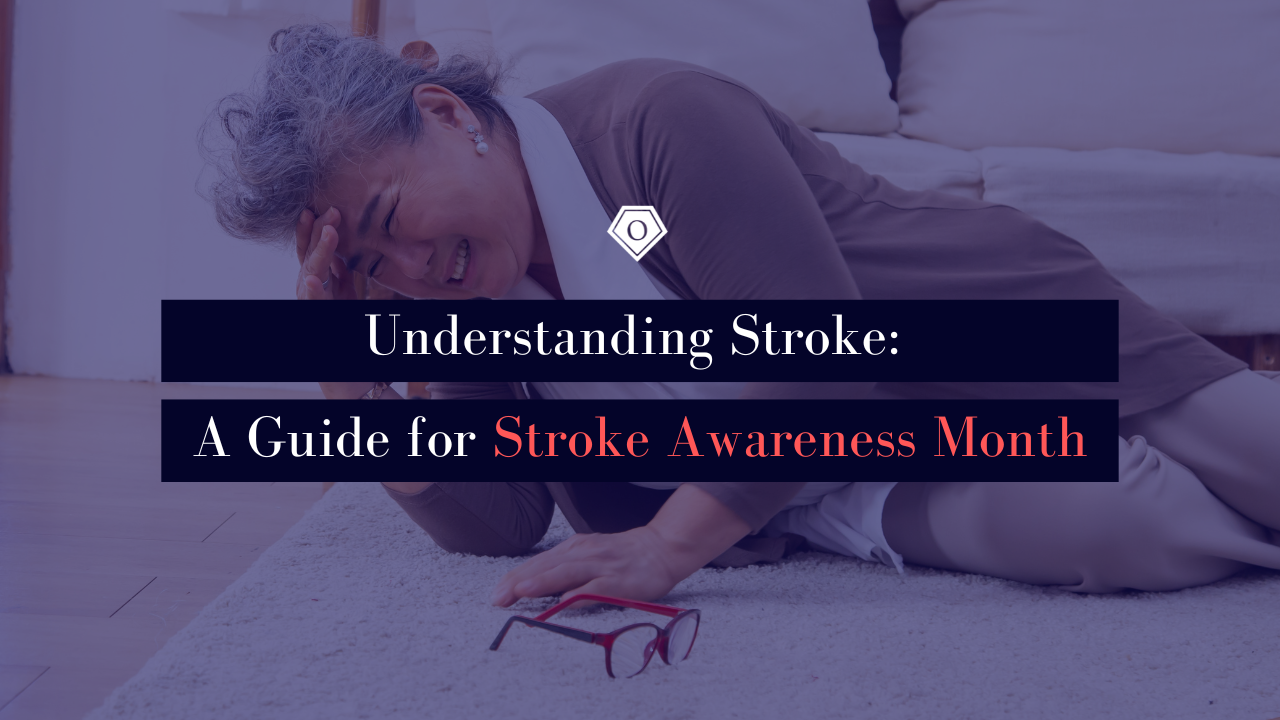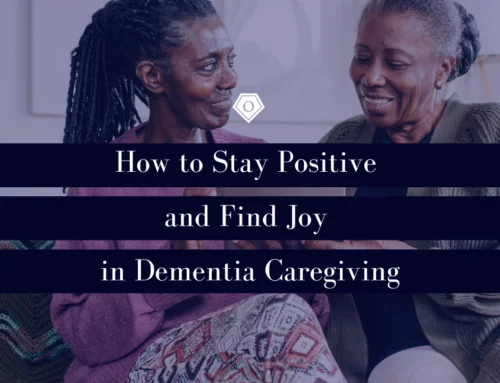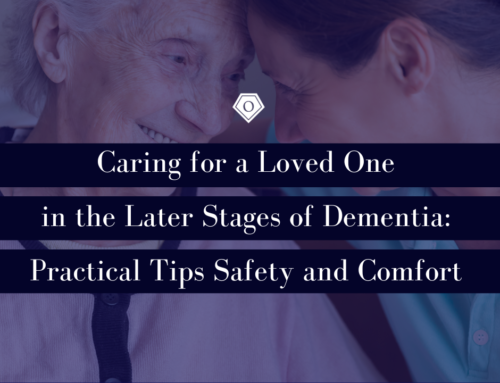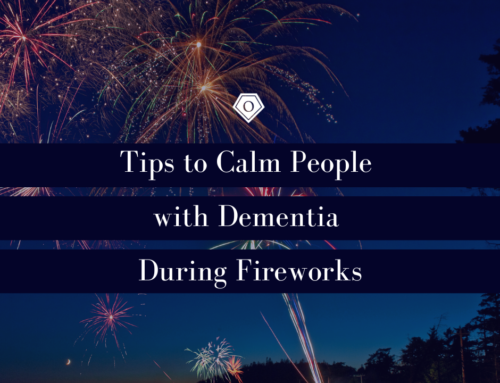May is a month of blooming flowers and warmer weather and an essential time for raising awareness about strokes. As we observe Stroke Awareness Month, it’s crucial to understand what strokes are, how to recognize their signs, and the steps to take if someone experiences a stroke. Moreover, we’ll delve into the challenges individuals may face post-stroke and how home health care can be pivotal in their recovery.
What is a Stroke? A stroke occurs when blood flow to the brain is disrupted, either by a blockage or the rupture of a blood vessel. Without oxygen and nutrients from the blood, brain cells begin to die within minutes, leading to potential brain damage or even death.
Signs of a Stroke:
Recognizing the signs of a stroke can save someone’s life! Remember the acronym FAST:
- Face drooping: Ask the person to smile. Does one side of their face droop?
- Arm weakness: Ask the person to raise both arms. Does one arm drift downward?
- Speech difficulty: Ask the person to repeat a simple sentence. Is their speech slurred or strange?
- Time to call emergency services: If you observe any of these signs, it’s crucial to call emergency services immediately.
What to Do If You Think Someone Is Having a Stroke:
Time is of the essence during a stroke. If you suspect someone is having a stroke, take the following steps:
- Call emergency services immediately.
- Note the time when the symptoms first appeared. This information is vital for medical professionals.
- Stay with the person until help arrives.
- Keep the person calm and reassure them that help is on the way.
Common Challenges After a Stroke:
Stroke survivors often face various challenges during their recovery journey, including:
- Physical impairments: Weakness or paralysis on one side of the body is common after a stroke.
- Communication difficulties: Aphasia, a language disorder, can affect a person’s ability to speak, understand, read, or write.
- Cognitive changes: Some individuals may experience memory loss, difficulty concentrating, or changes in judgment.
- Emotional impact: Depression, anxiety, and mood swings are prevalent among stroke survivors.
How Home Health Care Can Help with Stroke Recovery:
Home health care supports stroke survivors as they transition from the hospital to their homes. Here’s how home health care can assist:
- Rehabilitation therapy: Home health care providers offer physical, occupational, and speech therapy tailored to the individual’s needs.
- Medication management: Ensuring medications are taken as prescribed and monitoring for any side effects.
- Assistance with daily activities: Help with tasks such as bathing, dressing, and meal preparation.
- Emotional support: Providing companionship and encouragement to boost the individual’s morale and emotional well-being.
- Education and guidance: Teaching both the stroke survivor and their caregivers about stroke prevention, safety measures, and coping strategies.
Stroke Awareness Month serves as a reminder of the importance of recognizing the signs of a stroke and taking prompt action. By understanding the signs, knowing what to do in an emergency, and accessing appropriate care and support, we can improve outcomes for stroke survivors and enhance their quality of life during the recovery process. If you or someone you know has experienced a stroke, don’t hesitate to seek medical attention and explore the resources available for stroke recovery, including home health care services.
Skilled Home Care
At Onyx Home Care, our skilled home care staff provides comprehensive, clinical home care services to Daytona Beach and surrounding areas. We utilize a system that involves the patient, physician, family and caregiver. Onyx Home Care nursing professionals strive to help each person involved with care feel comfortable and confident.






